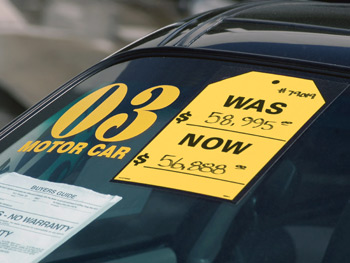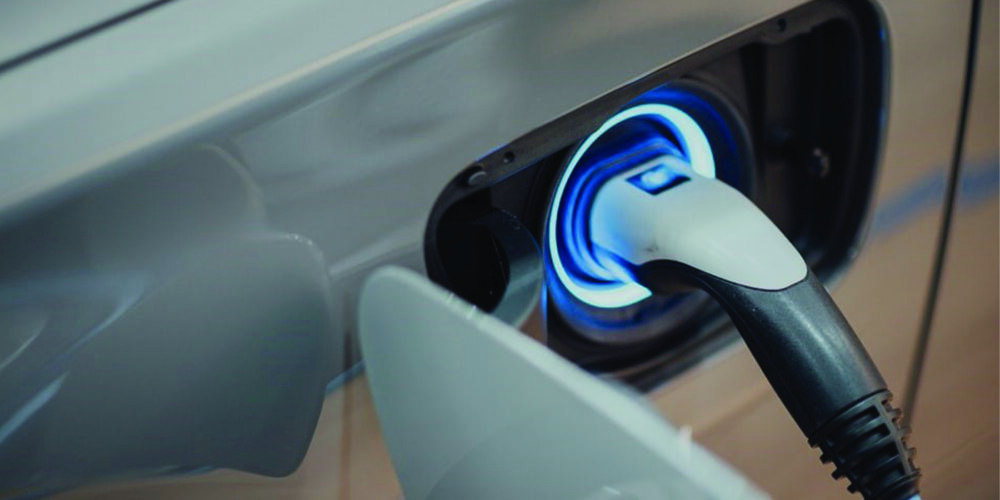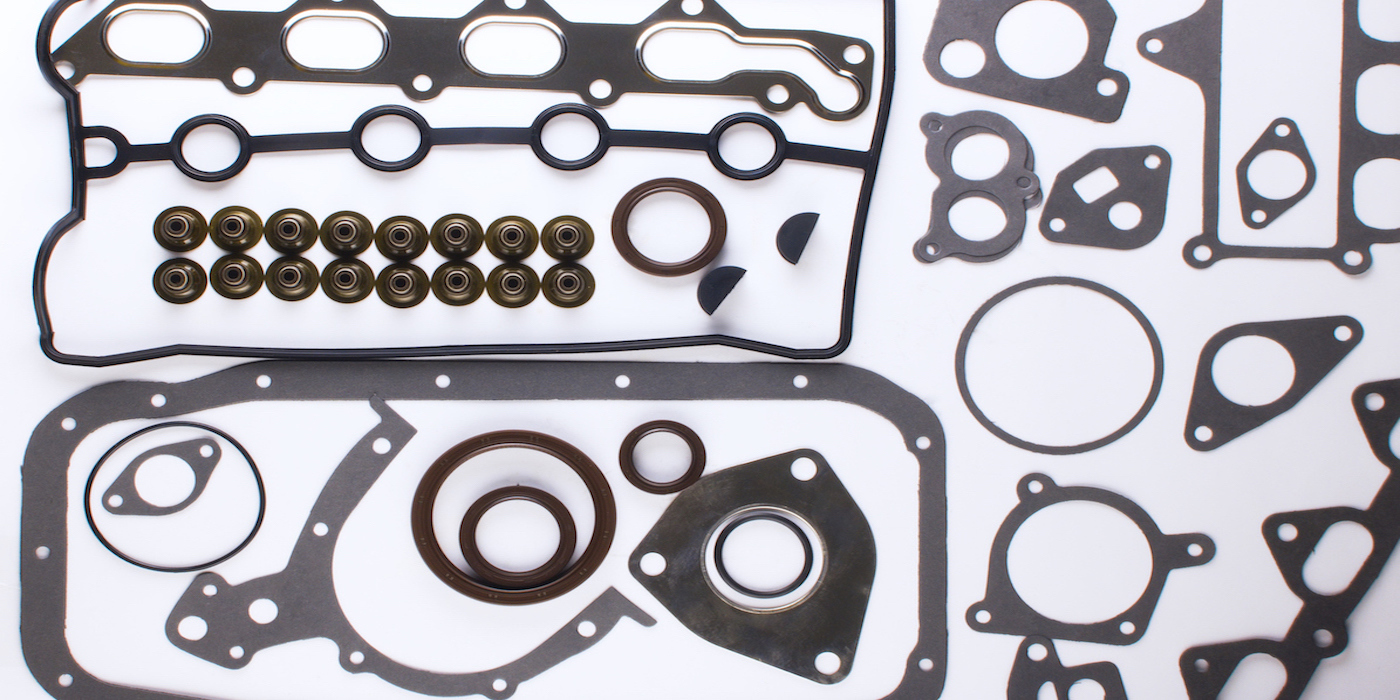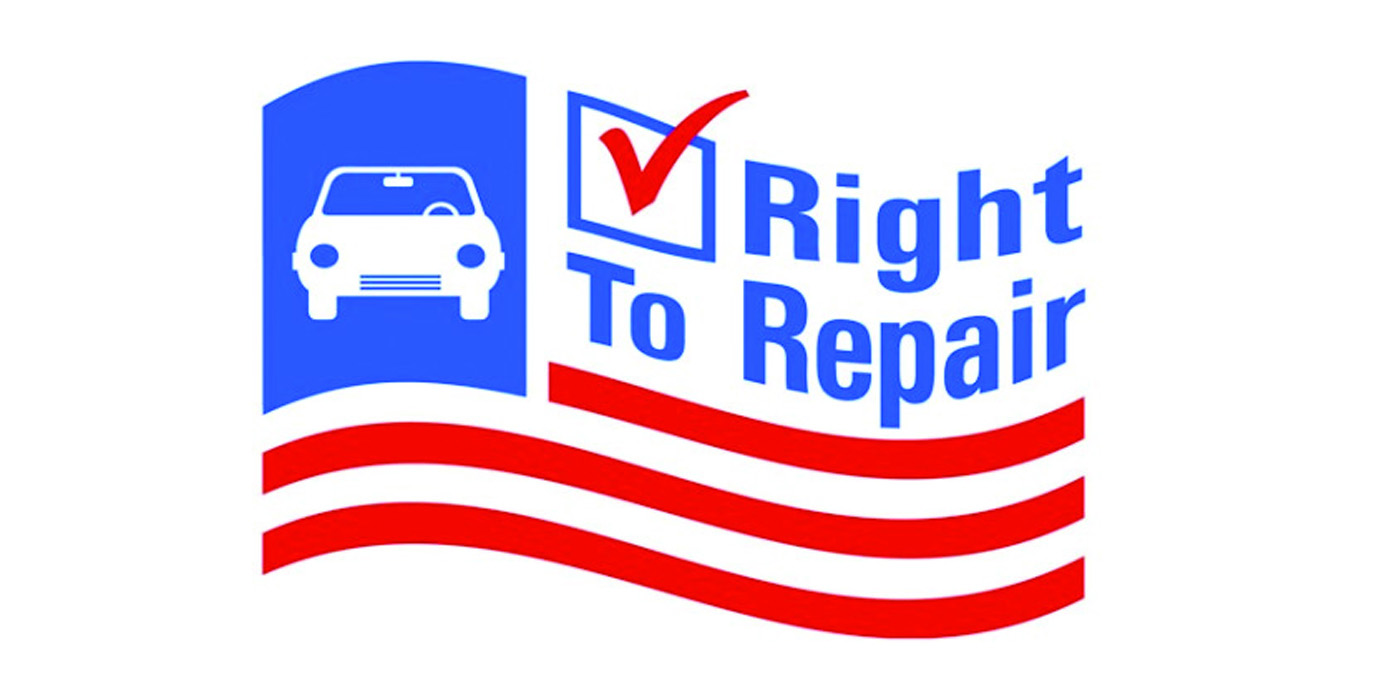New car warranties keep getting longer and longer, much to the dismay of the aftermarket. Ford, Chevy, Chrysler, Honda, Mazda, Nissan, Scion, Subaru, Suzuki and Volkswagen still provide a basic 3/36 (three years or 36,000 miles, whichever comes first) bumper-to-bumper warranty on their new vehicles, but Acura, Audi, BMW, Buick, Cadillac, Infiniti, Jaguar, Land Rover, Lexus, Lincoln, Mercedes, MINI, Porsche, Saab and Volvo all come with a 4/50 basic warranty. Hyundai and Kia models both come with 5/60 basic warranties.

On top of this, most automakers offer extended powertrain warranties. Chrysler and Jeep currently offer lifetime powertrain warranties with unlimited time or mileage. Hyundai and Kia cover their powertrains for 10/100, Isuzu for 7/75, Acura, Lexus and Lincoln for 6/70, GM for 5/100, Ford, Honda, Mercury, Nissan, Toyota and Volkswagen for 5/60.
In addition, there is the federal 8/80 emissions warranty that covers the PCM and catalytic converter. What’s more, hybrid vehicles usually have a 10/150 warranty on the expensive hybrid system components (controller, electric motor/transaxle and battery pack).
Most car dealers also try to sell their customers some type of extended warranty plan that goes beyond the factory warranties. They also sell warranties to cover repairs on older used vehicles that are out of warranty or don’t have much factory warranty left. There are also numerous aftermarket companies selling extended warranties on television, radio, publications and the Internet.
Though extended warranties are typically sold to minimize or eliminate repair costs, the benefits for a vehicle owner are often more psychological than economical. Buying an extended warranty is always a gamble.
If a vehicle breaks down and the cost to fix it exceeds the cost of the extended warranty, the vehicle owner comes out ahead. But if the vehicle never needs a major repair, or the repairs cost less than the warranty, the warranty company comes out ahead.
The cost of an extended warranty is based on the vehicle that is being covered, its age, mileage and condition, the repair history of similar vehicles, and the miles allowed during the warranty period. Rates are calculated so the warranty company usually wins the bet. Some vehicle owners will save hundreds or thousands of dollars on repair bills, but most will pay more for the warranty than they get back.
I’ve bought extended warranties on several used vehicles I’ve owned. In one case, I actually came out ahead because the automatic transmission and head gaskets had to be replaced on my minivan. The repairs would have cost me nearly $4,000, but were paid for by an extended warranty plan that cost me $900. Even so, the other extended warranties I bought failed to save me any money. In fact, they never had to pay out a single dollar for repairs. Maybe I was lucky, but I would have been better off keeping the money and paying for any repairs that may have been needed out of pocket.
My advice to anyone who is thinking about buying an extended warranty plan is to pay close attention to the fine print in the contract. Make sure you understand what is covered and what is not, the procedure for authorizing a repair or filing a claim, who the company pays (the vehicle owner or the shop), if there is an out-of-pocket deductible (and how much), and the type of replacement parts that are allowed under the terms of the plan.
Some plans only pay for remanufactured or used parts, not new parts or OEM parts. Most plans also set a limit on how much they will pay for labor, which may be less than the prevailing labor rate in your area.
Many plans say they provide “bumper-to-bumper” coverage. But the fine print usually excludes the bumpers, as well as most wear items such as brake pads, brake rotors, tires, filters, spark plugs, batteries, wipers and so on. Some plans cover major powertrain components only and exclude everything else. Others are more comprehensive.
A doctor I know bought an extended warranty on an 8-year-old Mercedes she owns. When her ABS unit went out, it cost her nearly $6,000 out-of-pocket to get it fixed because her warranty did not cover the brakes (it was powertrain only)! She didn’t realize that, and was shocked at how much it cost to fix her car. But hey, she’s a doctor and can afford it.
Something else to watch out for are warranty companies that are notorious for denying repair claims. A legitimate reason to deny paying for a replacement engine would be if the vehicle owner failed to have the oil and filter changed regularly (maintenance neglect). However, I’ve read stories where warranty claims were denied because the vehicle owner used the "wrong" brand of motor oil, the "wrong" coolant, the "wrong" spark plugs or whatever. Maybe these were legitimate reasons to deny a claim, and maybe not.
The point is, vehicle owners who buy extended warranties are still responsible for having their vehicles properly maintained — and having small problems diagnosed and repaired so they don’t turn into big, expensive problems.
Vehicle owners also need to be wary of extended warranty companies that are scam artists and will never pay a dime in claims. If a company goes bankrupt, the warranty is worthless. Check out the company on the Better Business Bureau website (www.bbb.org) before any money changes hands. A low BBB rating and a long list of customer complaints are red flags. Find another company with better ratings.













